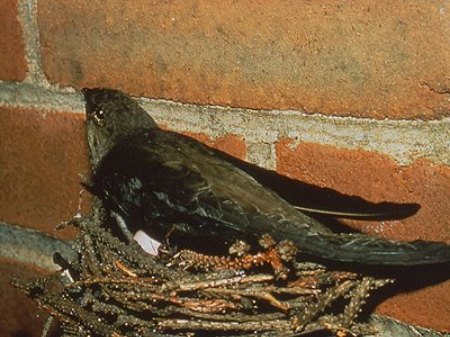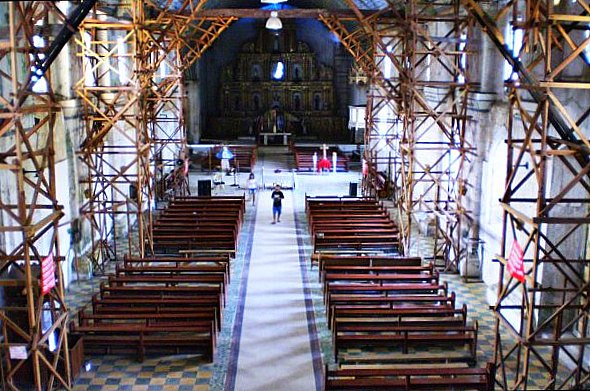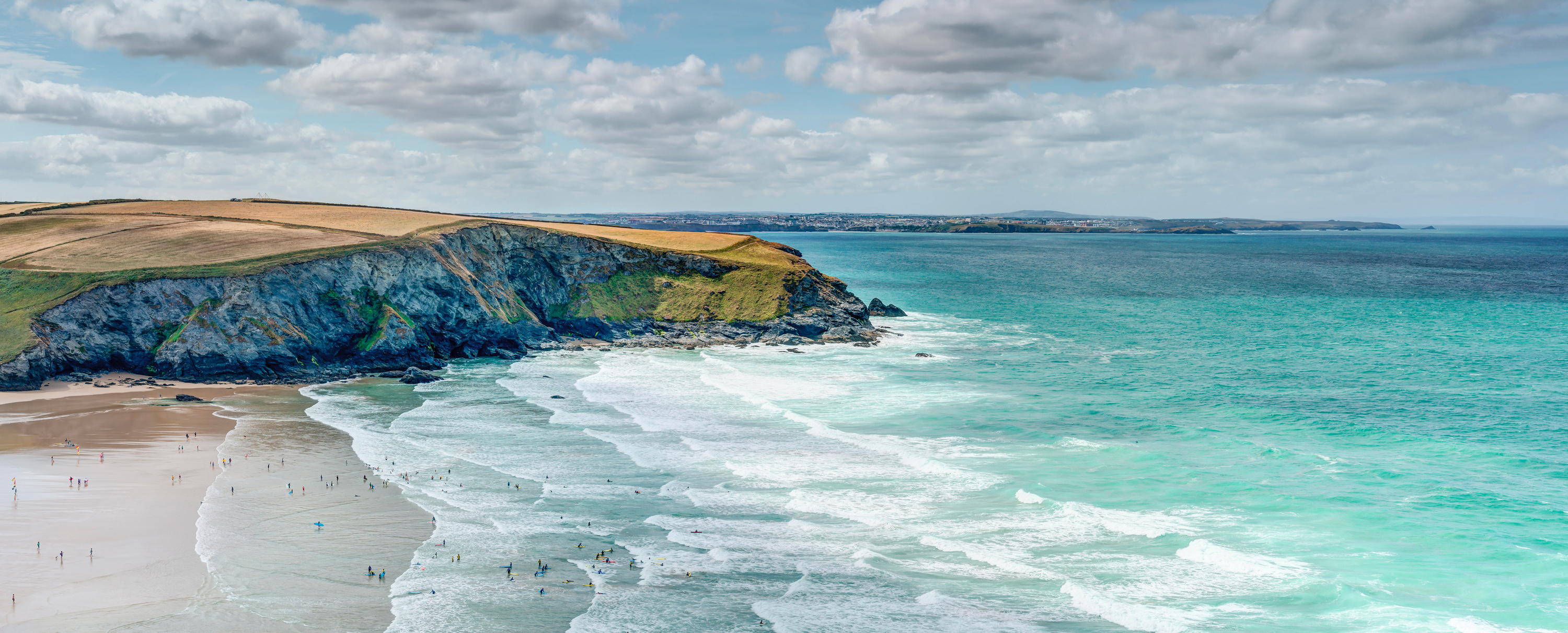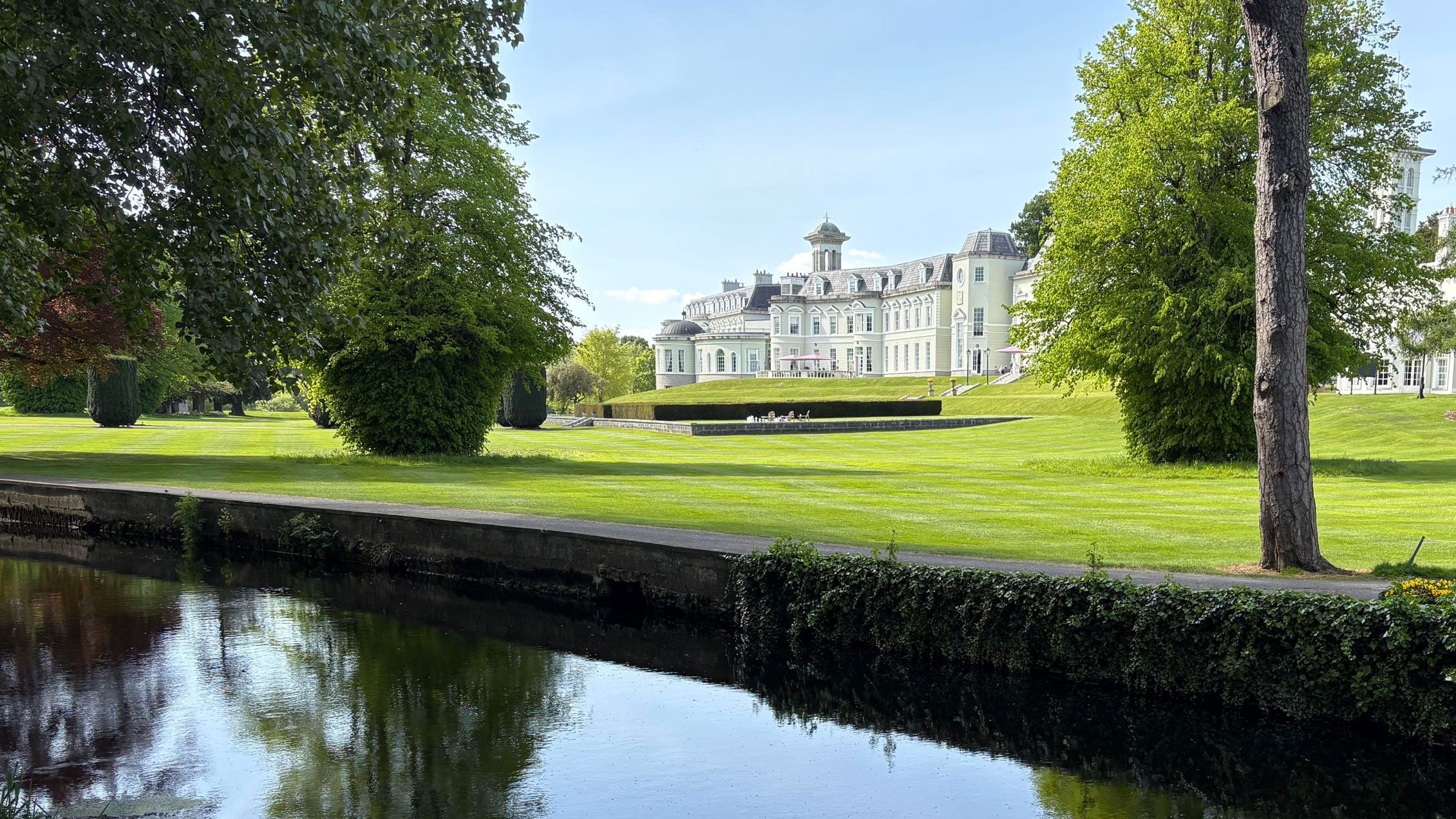Swift nests in historic buildings threatened
Work to historic buildings is disturbing preferred swift nesting sites, say conservationists


A new RSPB survey shows that more than three-quarters (77%) of swifts nest in houses, and that more than half (51%) of them choose buildings built before 1919 as their prime nesting sites.
Swifts also tend to return to favoured sites, with more than half (52%) of those locations surveyed being known swift nesting sites for more than 10 years.

However, the RSPB is concerned that almost one-fifth (16%) of the sites preferred by swifts for nesting are considered threatened. The charity believes that declining swift numbers could be due to such buildings being improved or even demolished.
A significant proportion (5%) of the chosen nest sites were churches, and the RSPB worries that church preservation work could be causing a loss of nesting sites.

Sarah Niemann, RSPB species recovery officer, said: ‘The scream of the swift marks the start of summer for many people. To think that we're losing them at such a fast rate is devastating.
‘It's imperative that we find out where they nest, so that efforts can help them can be effectively targeted.'
The RSPB is asking people to keep swift nests intact and to think about providing further nesting sites in new buildings. Swift nests are protected by law when they're in use.
Exquisite houses, the beauty of Nature, and how to get the most from your life, straight to your inbox.

Emma Teuten, RSPB data management officer, added: ‘These are birds that don't touch down for two years or more after they first leave the nest—we need to ensure they have a safe, secure nest site to settle in when they come to breed themselves.
‘Swifts are very site faithful, so once they move in, then the same site may be used for many, man years.'
To comment on this article, use the comment box below, or email us at clonews@ipcmedia.com. Read more about the countryside
For more news stories like this every week subscribe and save
Country Life is unlike any other magazine: the only glossy weekly on the newsstand and the only magazine that has been guest-edited by His Majesty The King not once, but twice. It is a celebration of modern rural life and all its diverse joys and pleasures — that was first published in Queen Victoria's Diamond Jubilee year. Our eclectic mixture of witty and informative content — from the most up-to-date property news and commentary and a coveted glimpse inside some of the UK's best houses and gardens, to gardening, the arts and interior design, written by experts in their field — still cannot be found in print or online, anywhere else.
-
 'True waterfront homes are finite... miss one and it could be years before you see another like it again': Why the best waterfront property always hits the spot
'True waterfront homes are finite... miss one and it could be years before you see another like it again': Why the best waterfront property always hits the spotThere’s no denying the appeal of waterfront property, which now sells for some 51% more than its inland equivalent, finds Knight Frank. Annabel Dixon explores the shore.
-
 Beyond Royal Portrush: Castles, country houses and ancient towers in the other dimension of golf in Ireland
Beyond Royal Portrush: Castles, country houses and ancient towers in the other dimension of golf in IrelandRory McIlroy's history-making exploits and The Open arriving at Royal Portrush have made 2025 a banner year for Irish golf — but there's far more to golf on the island of Ireland than those headline-grabbers, as Toby Keel finds out.
